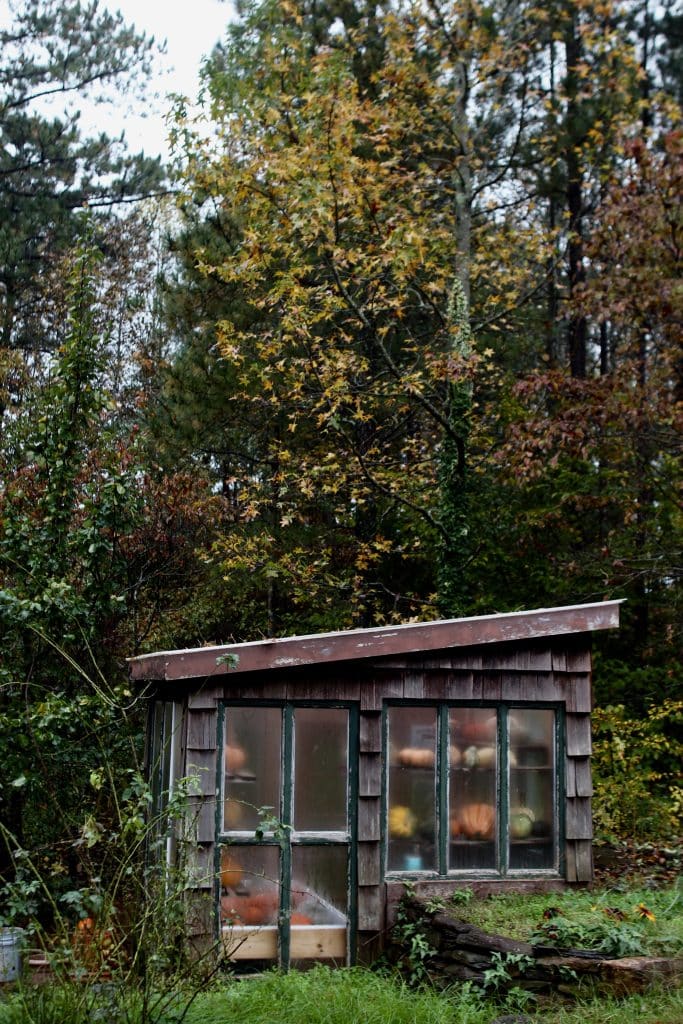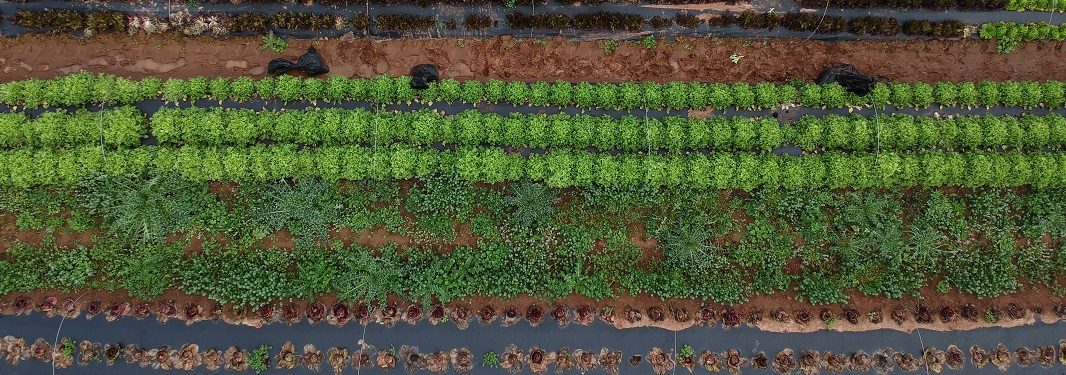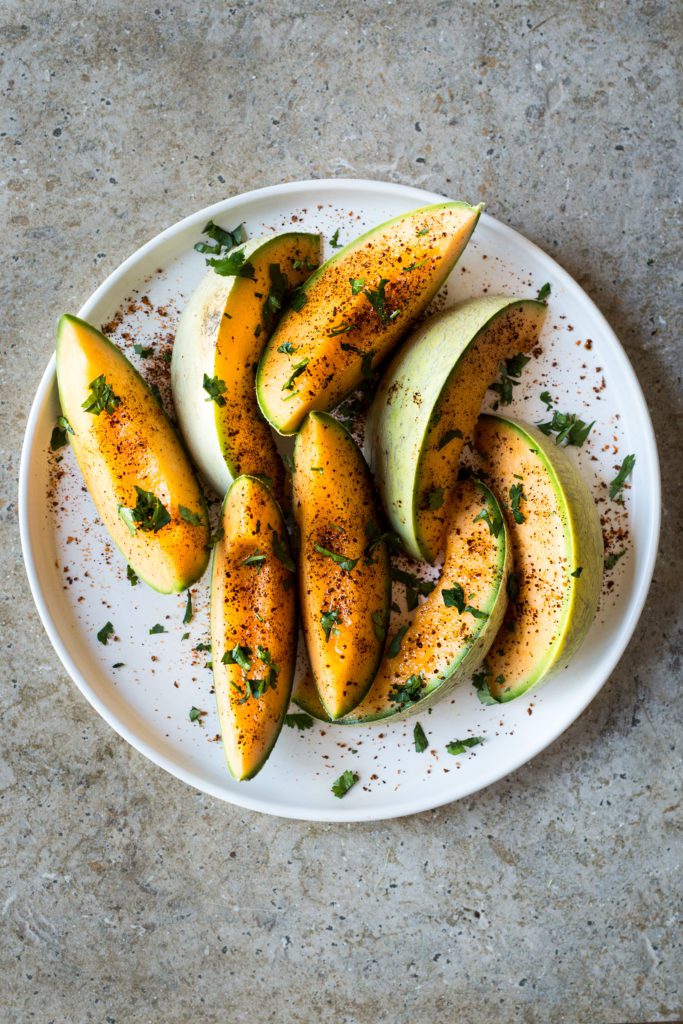What is Thanksgiving? If we’re honest, we want it to be more than a routine, something rich and meaningful. But the older we get, the easier it becomes to slip into the holiday, seeing it as nothing more than a break from work, or a burden to entertain estranged family members. What began as a celebration of the harvest has essentially lost its meaning.
When the settlers harvested their first crops in 1621, they brought in enough to survive until the next season. Any excess was a point of celebration, a reason for grateful pilgrims to joyfully gather with their Native-American neighbors, friends and family around a table of food grown and gathered by the sweat of their brows. At best, this view of the occasion makes today’s holiday picture look bleak.
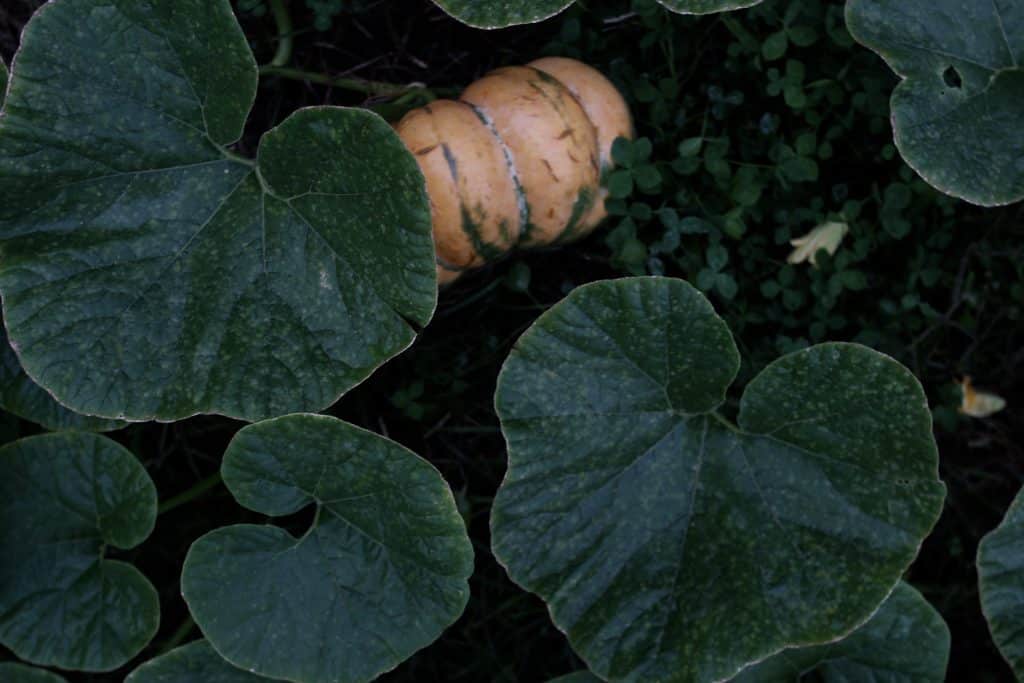
These days, the consumer-centric Christmas holiday gets most of the bad rap. But more and more, in the hands of marketers doing the bidding for large corporations, Thanksgiving has morphed into a literal consumption pre-game for Christmas. Think Black Friday.
Though, not all is lost. There are still celebrations happening right under our noses which mirror that early-American sense of grateful jubilation. Fresh Harvest produce specialist Mary Lin arrived in the United States years ago after being forced from her home and into a refugee camp on the border of Thailand and Burma. She said, “Now that we are here, we celebrate Thanksgiving four times a year, and we thank God because here we have enough food, enough clothes, enough everything. We have what we need, so we celebrate.”

Mary Lin exemplifies that we all have just as much to celebrate as those early pilgrims. For starters, we tend to live more than 30 years, we have clothing and a constant food supply. The list is as long as you want it to be. Even so, we are often unhappy.
In the name of convenience, we make decisions without considering the consequences. We spend recklessly, accumulating things that we have no connection with, eating food grown on foreign fields whose practices we’d rather remain oblivious to. Time and again, we observe that convenience-based consumption leaves us (and our world) emptier than we were before.
So what?
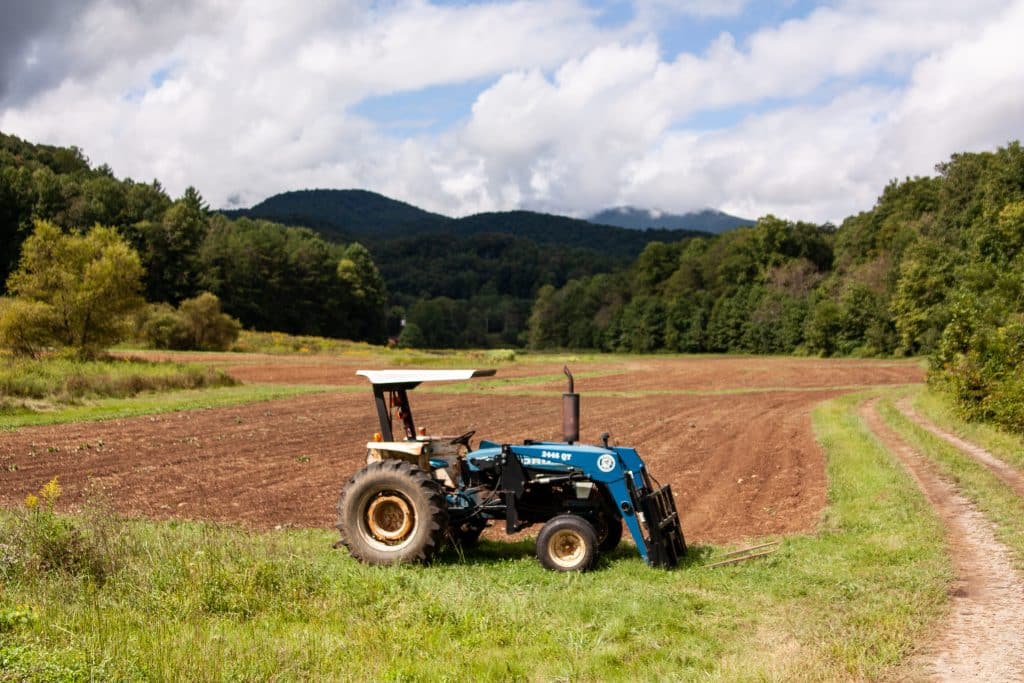
Am I supposed to pick up a hoe and sweat my way into appreciation this year? That would be a sight to see. But contentment is a result of a deep appreciation for something, for life itself, for the food we eat, for whatever it is we consume. This appreciation requires knowledge. The seed of gratitude stems from knowing the source of what we consume. So maybe we just take this one step at a time, something we can easily control. We’ll start with the basics of the holiday, the ingredients, so to speak.
At the core of Thanksgiving is the harvest, and on paper, it’s the most intimate meal of the year. For hundreds of years Americans have gathered around a table with loved ones and strangers, sharing in the most basic activity: consumption. The question is and has always been, “What are we consuming?” This basic knowledge formed the foundation for our ancestors’ celebration.
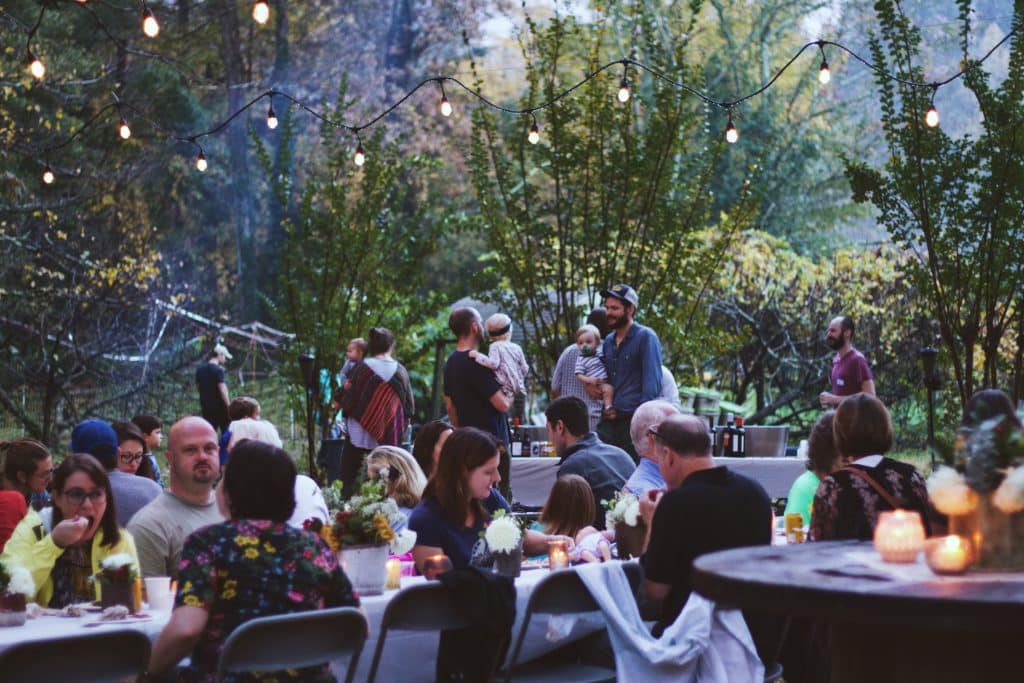
Short of donning a pair of overalls and grabbing a shovel, our local organic farmers are as close to an example of knowing our food as most of us will achieve. Each of their stories are woven into the food they produce. In fact, their food tells the original Thanksgiving story: one of connection between grower and consumer. This type of intimate food knowledge makes it possible to feel a sense of pride for what’s on our table; not just because we cooked it, but because of how it connects us to where it comes from, who grew it, and what it represents.
When we know our source, every bite has meaning. Every dollar spent on local farms directly impacts the local food movement, creates Georgia jobs, and represents a tangible vote of confidence in our farmers. The beauty of the situation is that even though our culture has collectively degraded the original intent of the holiday, we are able as individuals to restore its original meaning and power. Invite Georgia’s farmers to your table this Thanksgiving and your food will not only taste better, but it will draw you into a better story.
